THE RATIO OF LECTURERS WHO ARE DOCTORS IS STILL VERY LOW
According to statistics from the Ministry of Education and Training, the country currently has about 85,000 university and college lecturers. However, only 26,800 teachers have a doctorate degree, accounting for 32%. If calculated by region, the Red River Delta has the highest rate in the country with a rate of 51.01%. Next is the Southeast with 24.66%, the North Central and Central Coast with 11.67%, the Mekong Delta with 7.21%, the Northern midlands and mountainous areas with 4.52% and the lowest is the Central Highlands with only 1.04%.
Thus, except for the Red River Delta, there are many universities in the remaining regions that have a very low percentage of PhD teachers compared to the standards set by the Ministry. According to the information on the 3 public announcements of the schools, only a few large universities in the above regions (except for the Red River Delta) meet the requirements, such as Ho Chi Minh City Economics , Ho Chi Minh City University of Technology, Ho Chi Minh City University of Social Sciences and Humanities, Ho Chi Minh City University of Economics and Law, Ho Chi Minh City University of Natural Sciences, Ho Chi Minh City International University, Da Nang University of Technology, Hue University of Medicine and Pharmacy, Hue University of Pedagogy, Hue University of Economics, Can Tho University, Da Lat University...
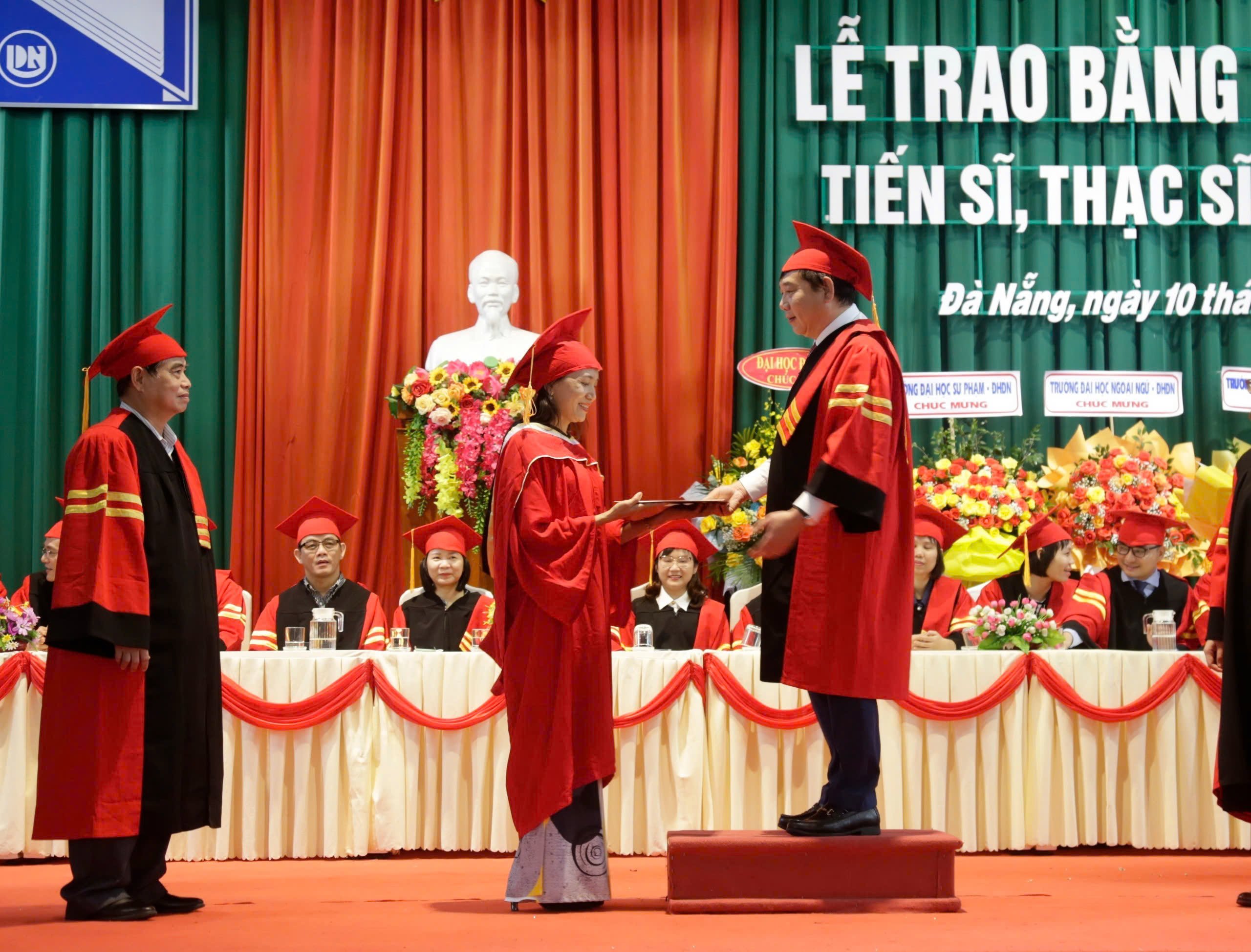
To train PhDs, in addition to meeting the requirements for opening majors, universities must have a 40% ratio of lecturers with PhD degrees.
Meanwhile, many universities are training PhDs, but this rate is still very low. Nam Can Tho University has 1,072 lecturers, including 8 professors, 33 associate professors, 222 PhDs, currently only reaching 24.5%, still lacking 165 PhDs to meet the standards. Ton Duc Thang University has 997 lecturers with 6 professors, 12 associate professors, 245 PhDs, reaching 26.3%, still lacking 135 PhDs. Nguyen Tat Thanh University has 1,325 lecturers, including 13 professors, 60 associate professors and 337 PhDs, reaching 30%, still lacking 120 PhDs. Van Lang University has a PhD rate of only 22%, still lacking about 370 PhDs. Ho Chi Minh City University of Industry has reached more than 35%, still lacking nearly 100 PhDs. Ho Chi Minh City University of Industry and Trade achieved more than 30%, still lacking 49 PhDs; Ho Chi Minh City University of Information Technology achieved 34%, still lacking 16 PhDs...
WHAT IS THE PROBLEM WITH SCHOOLS THAT ONLY OFFER 1-2 DOCTORAL MAJORITIES?
Dr. Vo Van Tuan, Vice Principal of Van Lang University, said that the criterion of the proportion of full-time teachers with doctoral degrees in the standards is very difficult to implement and not feasible, especially for non-public universities. Accordingly, Mr. Tuan commented that currently, the human resources with doctoral degrees in some fields are still limited. Attracting and retaining highly qualified teachers faces many difficulties due to competition from other educational institutions. In addition, the process of training doctors requires a long time and significant resources.
"Van Lang University is training PhDs in one field, environmental science. Currently, the school has more than 2,000 permanent lecturers, the rate of whom have PhDs is 22%. Therefore, to reach 40% by 2025, the school must have at least 370 more PhDs. And by 2030, if the current number of staff is maintained, the school must have at least 580 more PhDs. This is impossible!", Dr. Tuan informed.
According to Dr. Tuan, there is an unreasonable point that some schools, although only training one doctoral major, still apply the regulation "being a university that trains doctoral majors", so the rate of doctoral majors must still be applied to the entire training facility, such as schools that train dozens of doctoral majors. "In the past, to be able to open doctoral majors, schools had to meet the regulations on conditions for opening majors and standards for teachers teaching doctoral majors. Now, Circular 01 has issued difficult binding regulations, causing schools, even though they have met the requirements for opening doctoral majors, if the entire school does not have 40% of teachers with doctoral degrees, they will not be allowed to train doctors. So where do schools get the recruitment resources to increase the rate of teachers with doctoral degrees, especially in majors where not all schools train doctors?", Mr. Tuan pointed out the problem.
With the above difficulties, universities can also abandon doctoral training to "avoid" this standard, and only have to meet 20% (by 2030 it will be 30%) of the proportion of teachers with doctoral degrees (for universities that do not train doctors). "However, if you want to become a true university, in addition to university training, scientific research and community service, you must have postgraduate training. Therefore, schools must build a suitable roadmap to meet the standards if they want to improve training quality and ensure sustainable development," Dr. Tuan commented.
SUPPORT, REQUIRE LECTURERS TO DO DOCTORATE
Associate Professor Dr. Nguyen Xuan Hoan, Principal of Ho Chi Minh City University of Industry and Trade, said that achieving 40% of PhD teachers is very difficult, but there is no other way but to make efforts to ensure improving training quality.

Schools offer many solutions to increase the rate of PhDs to meet university education standards.
According to Associate Professor Dr. Hoan, the school is implementing a policy of attracting talent from outside and supporting from within to ultimately increase the rate of PhDs meeting university education standards. For example, a professor working at the school will immediately receive 200 million VND, an associate professor 150 million VND and a PhD 100 million VND.
"Starting in 2024, the school requires female teachers under 45 years old and male teachers under 50 years old to register for a doctorate in the right major, within 6 years. If they still do not register after the 3rd year, the school will terminate their contract. Doctoral teachers will receive 100% tuition support and still have the same income as they are working."
Dr. Nguyen Trung Nhan, Head of Training Department of Ho Chi Minh City University of Industry, also informed that the school will immediately reward 250 million VND for professors or teachers in the school who achieve this degree, associate professors 200 million VND and doctors 150 million VND. Teachers in the school who study for a doctorate will receive 100% tuition support and a 50% reduction in teaching hours. "This year the school has 100 doctoral students, so the target by 2025 will reach 40% and by 2030 will be 50% as set out in Circular 01," Dr. Nhan shared.
X REDEFINING GOALS, CHOOSING THE RIGHT DIRECTION
Meanwhile, Dr. Tran Huu Duy, Head of Training Department of Da Lat University, commented that the story of achieving the rate of 40% of teachers with doctoral degrees, and by 2030 reaching the rate of 50% is not difficult to implement in terms of solutions, but the most difficult thing is retaining teachers. "To keep highly qualified teachers working, there are only two ways: the first is income, the second is working conditions, autonomy and responsibility of teachers. Prioritizing incentives for teachers along with responsibility, eliminating current administrative management methods will achieve the goal," said Dr. Duy.
It is known that Dalat University has implemented a policy to support teachers to study to improve their qualifications for 10 years now, with 80 million VND for PhDs, 100 million VND for associate professors and 150 million VND for professors and will continue to strengthen the implementation in the coming time.
According to Dr. Duy, if any university does not meet the standards for teachers, it may not train PhDs but focus on vocational application training first. "The university education institution standard will be a standard for streamlining, and will also contribute to eliminating the situation of doctoral training that does not ensure quality. Schools must redefine their goals and vision to have a suitable direction," Dr. Duy stated. (to be continued)
In Circular 01 promulgating the Standards for University Education Institutions, effective from March 2024, Standard 2 on Teachers stipulates that the proportion of full-time teachers with doctoral degrees is not lower than 20% and from 2030 not lower than 30% for universities that do not train doctoral students; not lower than 5% and from 2030 not lower than 10% for schools that train specialized fields that do not train doctoral students.
For universities with doctoral training, the rate will not be lower than 40% and from 2030, it will not be lower than 50%. For specialized training schools with doctoral training, it will not be lower than 10% and from 2030, it will not be lower than 15%.
Source: https://thanhnien.vn/gian-nan-dat-chuan-co-so-giao-duc-dh-185240919203546668.htm







![[Photo] General Secretary To Lam attends the 1st Congress of the Central Party Committee of the Fatherland Front and Central Mass Organizations](https://vphoto.vietnam.vn/thumb/1200x675/vietnam/resource/IMAGE/2025/9/23/2aa63d072cab4105a113d4fc0c68a839)
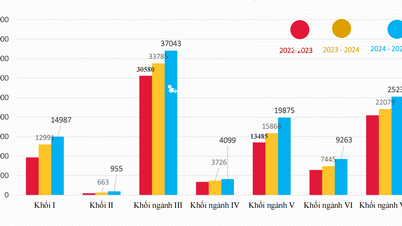

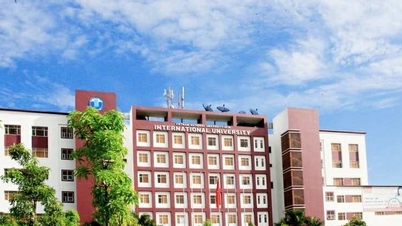


















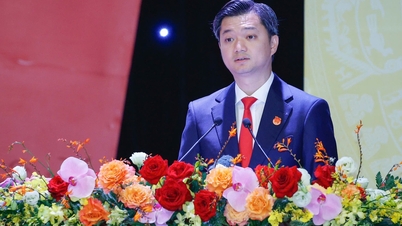





![[Photo] Prime Minister Pham Minh Chinh chairs the first meeting of the Central Steering Committee on housing policy and real estate market](https://vphoto.vietnam.vn/thumb/1200x675/vietnam/resource/IMAGE/2025/9/22/c0f42b88c6284975b4bcfcf5b17656e7)




























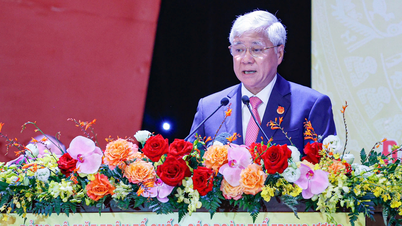














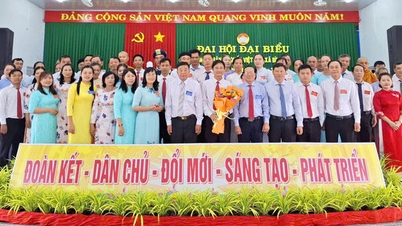






















Comment (0)